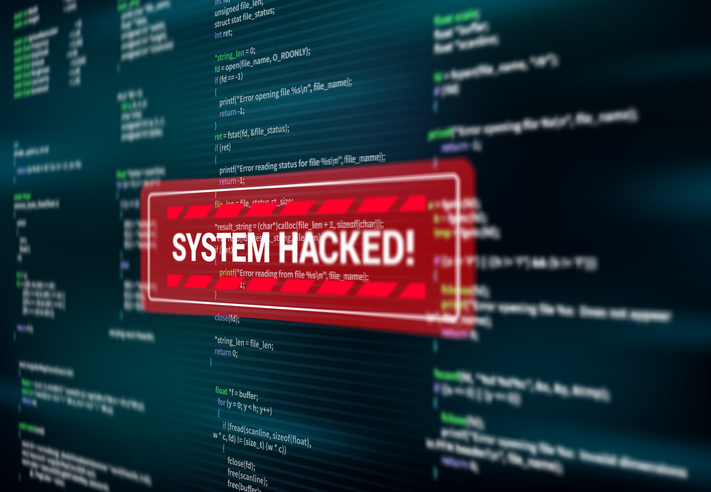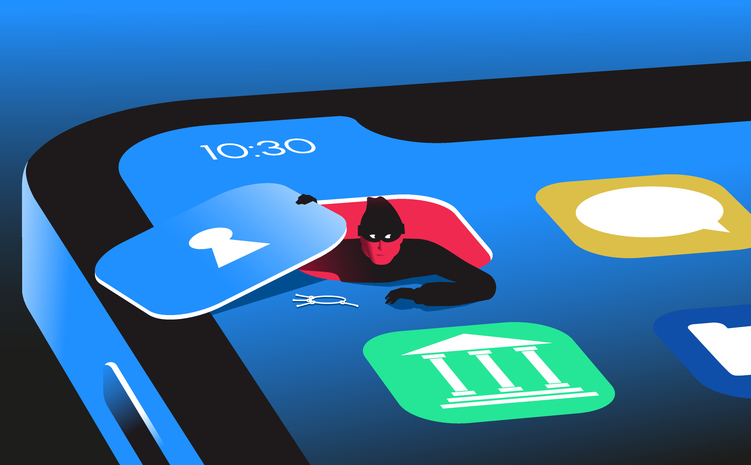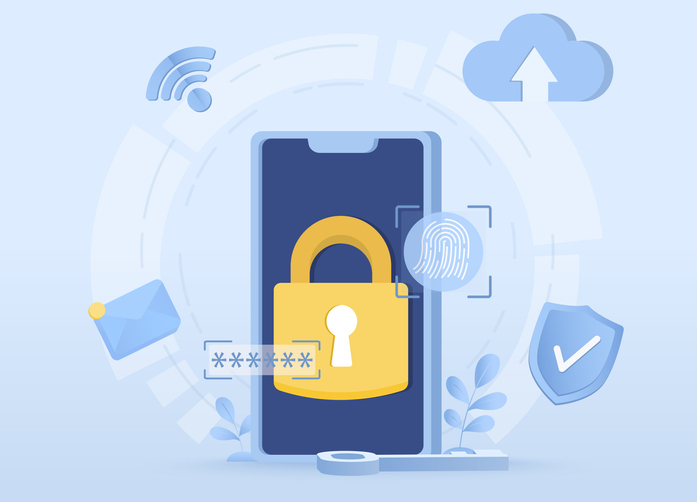10 Things Great IT Providers Always Do
What sets high-quality, reliable IT support apart from mediocre or substandard support? Is it lower prices? Flat-fee service? At Centrend, we believe there are many deciding factors that separate even the good from the great providers, but when our clients switch from their old companies to us, we get the same feedback over and over. The problem isn’t that they didn’t know they had bad support; they just didn’t know what good support was. In today’s blog, we’re sharing 10 things top-level IT providers always do. It’s time to stop settling for tech headaches and subpar service that could be putting you and your company at risk. Great IT providers… If you have an emergency, you don’t have time to wait on hold or leave a message and hope for a call back; you need help NOW! Reliable IT providers know that time matters and will either answer their calls live or respond in 30 minutes or less. Are they readily available, even for small tech-support issues? One way to check is to ask around your office. Does your staff enjoy working with them, or are they tired of dealing with the same issues repeatedly, dealing with unhappy customer support or waiting forever for solutions? If the answer is no, that’s a red flag. At the bare minimum, any IT company worth their weight will answer their phones LIVE (not voice mail or phone trees) and respond from 9:00 a.m. to 5:00 p.m. every weekday. But many CEOs and executives work outside normal “9 to 5” hours and need IT support both nights and weekends. High-quality IT companies can be reached after-hours any time, any day, and will still provide a fast response time. You shouldn’t be alerting your IT company to an issue! Their team of technicians should be monitoring your systems for downtime, breaches, inefficiencies and more and coming to YOU with proposed solutions and updates. Can you easily “open a ticket” in their IT management portal so they can properly assign, track, prioritize, document and resolve your issues quickly? Their ticketing system should be set up to make it easy for customers to submit requests. If they don’t have a system in place, we can practically guarantee your requests will sometimes get overlooked, skipped or forgotten. If this is the case, it’s time to question whether their customers are their true focus. Cybersecurity is a huge issue! If your IT team hasn’t come to you with a plan on how to protect your business, they might not be qualified to provide you with the level of support and protection you need, which is undoubtedly putting you at risk. You want to work with an IT provider that takes cybersecurity seriously and is regularly proposing new solutions to keep you secure from hackers’ latest advances. Do you know exactly what you’re getting for your money? This problem shows up in one of a few ways. The most common thing we see is a client being charged a flat fee, but they have no idea what that service includes. Can they get help with their printer? How about sourcing new computers? What’s extra? You deserve to know. Another issue is overcharging for a level of support that doesn’t reflect the price tag. Important: expensive support does not necessarily mean the service is better! A common problem we hear about is when businesses hire an IT company because they offer a very low price and then end up ‘nickel and diming’ their clients for every small request to make up for the bottom-feeder price they’re charging. When choosing an IT provider, make sure they’re willing to be 100% transparent about costs, so you always know where your money is going. If your IT team creates a problem with your network that causes you to be down for hours or days, to lose data or to get hacked, who’s responsible? What if one of their technicians gets hurt at your office? Or damages your property while there? In this litigious society we live in, you better make darn sure whomever you hire is adequately insured with both errors and omissions insurance, workers’ compensation and cyber liability—and don’t be shy about asking them to send you the policy to review! If your IT provider isn’t regularly backing up your data and making sure it’s backed up, you could lose EVERYTHING if you need a restore. We have seen this happen. Make sure your IT company is treating your data as if it’s as valuable as their own. If your IT provider is constantly tacking on fees or delaying projects, it’s time to switch. Great IT providers accurately estimate project timelines and work hard to stick as closely to the schedule and budget as possible. Things can and will go wrong from time to time, but they should be quickly communicated with proposed solutions. It’s time to stop settling for flat-out poor IT service. Tech nightmares should be a thing of the past. If you want to know what trustworthy, reliable IT support is, we’ll perform a FREE, no-obligation Network Assessment so you can see how our team of experts will work together to handle your network stress-free. We’ll provide optimization ideas, share if and where you could be vulnerable to a cybersecurity issue and leave you with a list of ways to improve the technology in your business. To get started, click here to book your FREE Network Assessment now or call our office at 774-241-8600.
10 Things Great IT Providers Always Do Read More »









